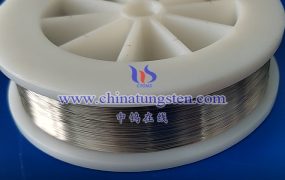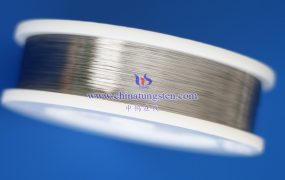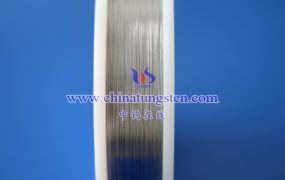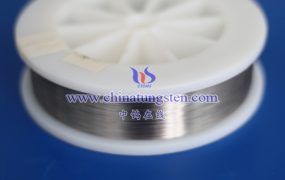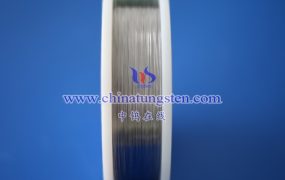Changing the hardness of tungsten wire by heat treatment is a complex process involving multiple heat treatment methods and adjustments to process parameters. The following are some commonly used heat treatment methods and their effects on the hardness of tungsten wire:
- Annealing
Purpose:
Annealing is mainly used to eliminate the stress and structural inhomogeneity generated by tungsten wire during processing, and at the same time improve its mechanical properties.
Method:
The tungsten wire is heated to a certain temperature (usually below the recrystallization temperature), then kept warm for a period of time, and then cooled at an appropriate rate.
Effect on hardness:
Annealing can reduce the hardness of tungsten wire, making it easier for subsequent processing and deformation.
However, if the annealing temperature is too high or the time is too long, it may cause the tungsten wire to recrystallize, thereby reducing its hardness and strength.
- Deformation heat treatment
Purpose:
Deformation heat treatment combines the two processes of deformation and heat treatment, aiming to improve the hardness of tungsten wire through deformation-induced precipitation and grain refinement.
Method:
The tungsten wire is heated and cooled during the deformation process to control the changes in its structure and properties.
Effect on hardness:
The deformation heat treatment can significantly improve the hardness of tungsten wire, because deformation induces the precipitation of fine carbide particles, which can hinder the movement of dislocations and thus increase the hardness of the material.
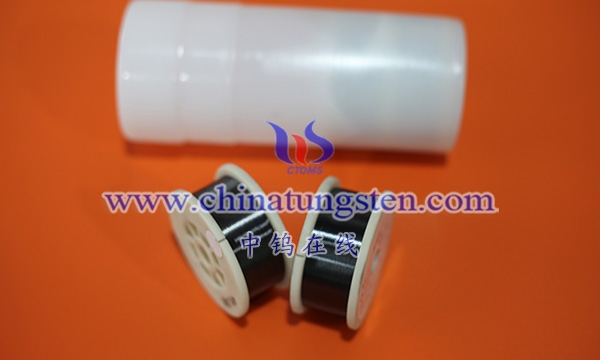
- Quenching treatment
Purpose:
Quenching treatment is mainly used to improve the hardness and strength of tungsten wire, and fix the microstructure at high temperature by rapid cooling.
Method:
Heat the tungsten wire to a high temperature (close to or slightly below the melting point), and then quickly cool it to room temperature or lower.
Effect on hardness:
Quenching treatment can significantly improve the hardness of tungsten wire, but it may also cause its brittleness to increase.
Quenched tungsten wire usually needs to be tempered to eliminate internal stress and improve toughness.
- Tempering treatment
Purpose:
Tempering treatment is mainly used to eliminate internal stress and brittleness generated during quenching, while maintaining a certain hardness.
Method:
The quenched tungsten wire is heated to a lower temperature (below the recrystallization temperature), then kept warm for a period of time, and then cooled at an appropriate rate.
Effect on hardness:
Tempering can reduce the hardness of tungsten wire, but can improve its toughness and fatigue resistance.
The choice of tempering temperature and time needs to be determined according to the specific application requirements.
More details of tungsten wires, please visit website: http://tungsten.com.cn/tungsten-wires.html
Please contact CHINATUNGSTEN for inquiry and order of tungsten needles:
Email: sales@chinatungsten.com
Tel.: +86 592 5129595

